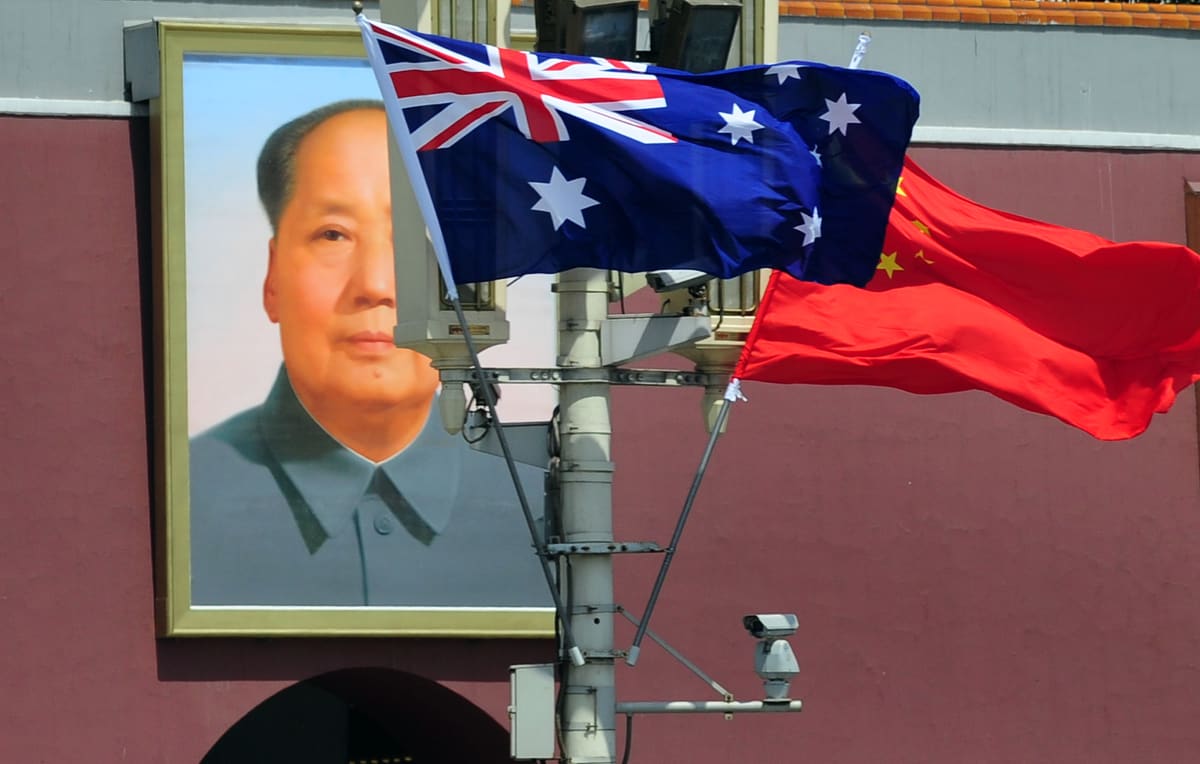Three Waters Series: Achieving The Gold Standard Of Balance Sheet Separation
Summer Newsroom
We continue our 12 questions about Three Waters. How could big councils like Auckland and Christchurch retain ownership of their waters assets, yet separate them from their balance sheets – under any reform model?
On the fifth day of Christmas my true love gave to me, five big fat pigs – or five gold rings, if we revert to the traditional English carol.
Which seems like an opportunity for an arithmetic lesson. Let’s take those five rings …
Accounting rules state that for an entity to achieve balance sheet separation from a owner, the shareholding has to be less than 20 percent. It takes only one of those five rings to bind the balance sheets of an organisation and its shareholder together.
WHO PAYS FOR THREE WATERS?
* Paying for Three Waters: the local pūkeko v the imported partridge
* Who would actually manage the borrowing for Three Waters infrastructure?
* Three Waters’ magical kete with room to borrow more and more
* On the 4th day of Christmas, what’s so good about four water corporations?
So, any of the counter-proposals to the Government’s Three Waters reform model would entail Auckland Council (with water assets valued at more than $10 billion to serve a population of 1.7 million) holding much more than a 20 percent ownership stake in any regional water service. Things are almost as challenging for Christchurch City Council.
It’s important to understand there are two types of balance sheet separation: the accounting rules, and the credit rating expectations.
For this purpose, the more important issue will be ensuring no single council has too much governance and operation control, rather than dilution of equity ratios. You could theoretically have 100 percent ownership in an entity, but divest yourself of influence mechanisms to such a degree that the ratings agencies might not require you to carry a contingent liability on your books for that entity.
And again, let’s be blunt. The reduced influence of local politicians and civic managers is not an unfortunate side-effect of balance sheet separation, as far as the capital markets are concerned. It’s the whole point. Given local authorities track record in under-investing in water infrastructure, investors won’t trust any new utility that has too much council control.
“Too much of the focus is on funding assets in our opinion, and too little on what are the optimal arrangements to deliver new assets, maintain the assets we already have, and meet the diverse needs of consumers and communities.”
– Amelia East, HKA
To that extent, 50/50 iwi membership of the regional representative bodies is seen as commercially desirable, because it lessens the influence of councils, with the perverse, short-term political incentives described by Hamiora Bowkett, the Three Waters reform programme executive director.
“These issues won’t be solved only by improving access to finance,” he tells Newsroom. “Any solution also needs to address the issues of persistent under-investment and the political incentives that underpin this.
“Under-investment is not simply a lack of financing. It’s a lack of preparedness to charge sufficiently for the cost of delivering services, and a tendency to shift the cost of infrastructure upgrades onto future generations.”
Even with the four big, new water corporations, it will be difficult to reassure investors and the ratings agencies. The four water entities will still be wholly owned by councils, and councils are expressing their intent to influence the new water entities as much as possible through representation on the regional bodies, appointing the directors and scrutinising the strategic plans.
That’s why, ultimately, the Government will ensure its bottom line of balance sheet separation is achieved through legislation. Councils will be prohibited from providing any financial support to the new three water entities and constrained from selling or transferring their shares. Three Water entities will not be able to pay any dividends to shareholders.
This makes the council ownership structure more nominal than real. In essence, councils’ only input will be through the regional representative group.
These are dramatic measures to ensure the balance sheet separation the Government believes to be necessary, to obtain sufficient private finance to maintain and upgrade water infrastructure to the standards the public and the World Health Organisation expect.
Successive Auckland mayors Phil Goff and Wayne Brown have been forced to either give away the idea of balance sheet separation, or seek some alternative means to achieve it.
To get around the ratings agencies’ concerns about council control of water companies, it was enough for Goff to argue that the Government should provide an explicit guarantee of the water debts.
He hoped that would reassure ratings agencies that ultimate liability lay with the Government, not the council – but it’s difficult to see what would be in it for the Government to volunteer to be the guarantor, over assets owned and operated by the council.
Then there’s the model proposed by new mayors Wayne Brown of Auckland and Phil Mauger of Christchurch, alongside Dan Gordon of Waimakariri.
Could the Three Mayors’ regional water organisations credibly provide the balance sheet separation that avoids council borrowing caps?
Quite possibly, yes – except for Auckland Council. Which is a little ironic, given Brown is the architect of this alternative model.
Implicit in the Three Mayors’ model are smaller regional water organisations – the “sensible” consolidation of local government entities, avoiding any overly ambitious attempt to defy New Zealand’s unique topography and population distribution.
Already, councils in Hawke’s Bay have proposed a regional grouping along these lines. And consultancy Castalia produced a report for the 30-strong Communities 4 Local Democracy council grouping that suggested similar council-owned and operated regional groupings.
It can sometimes work at that scale. In Australia, water services are provided at state level, not local authority level. The state of Victoria has 15 water entities. This doesn’t seem to impact the price consumers pay for water, compared to South Australia and Western Australia which have only one water entity apiece
However, regions with smaller populations may need some government support, as New Zealand already does with infrastructure like roading. For example, Southland District Council has the largest geographical land area of any territorial council but only 32,000 people – that’s a lot of roads, and a lot of water pipes.
Again, it comes back to the point: different models can work, but someone, somewhere has to pay.
Bevan Wallace offers a reminder that balance sheet separation means financially-viable water organisations, as well as protecting ratepayers from cost blow-outs. That often won’t be possible within existing council borrowing caps, when they need to catch up on deferred maintenance, or provide capital investment to meet government standards.
To meet those costs, when council borrowing caps prevent them injecting more capital, the regional water organisations will need to raise service charges or external equity.
That was an outcome of the electricity distribution reforms in the 1990s, where separation saw significant new investment – and customers found themselves charged accordingly.
“When I was advising on the valuation of council electricity entities there were instances where rate schedules did not generate an appropriate return on the assets,” Wallace recalls. “The assets were therefore valued at a discount to replacement cost. The discount to replacement cost could be eliminated if the rate schedules were reviewed.
“Some councils chose to establish commercial schedules and accordingly the valuations more closely aligned with the replacement cost of assets – customers paid more for their electricity supply but the ratepayer asset value was correspondingly higher and the charges reflected the cost of service including provision for asset replacement.
“Others chose to continue to levy non-commercial charges and would struggle to replace assets upon the end of their economic life. The tragedy of the reforms was that some councils sold their assets at a discount based on the non-commercial returns and the private sector buyers then proceeded to lift the rate schedule thereby accruing additional value. Customers and ratepayers suffered accordingly.”






